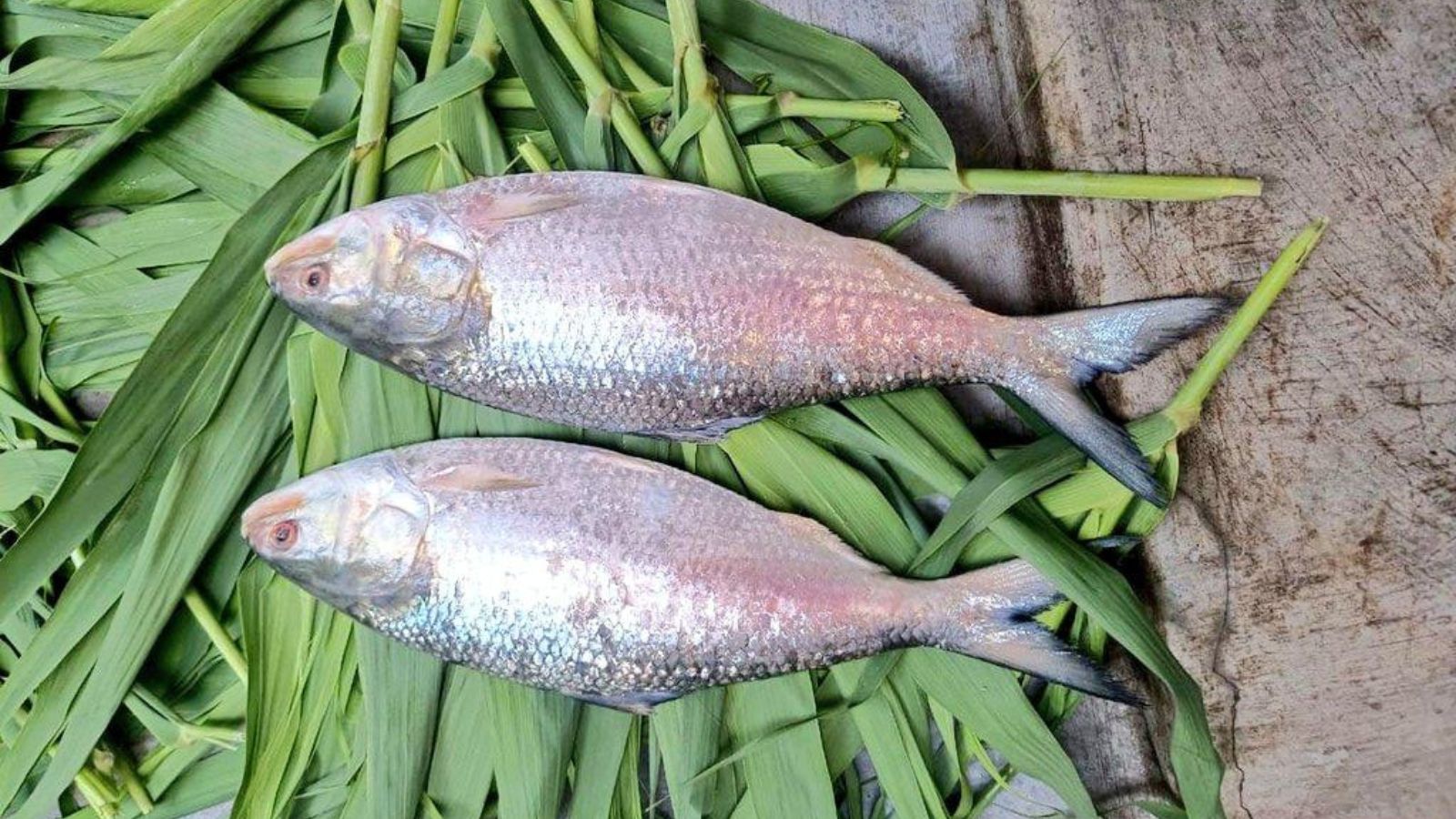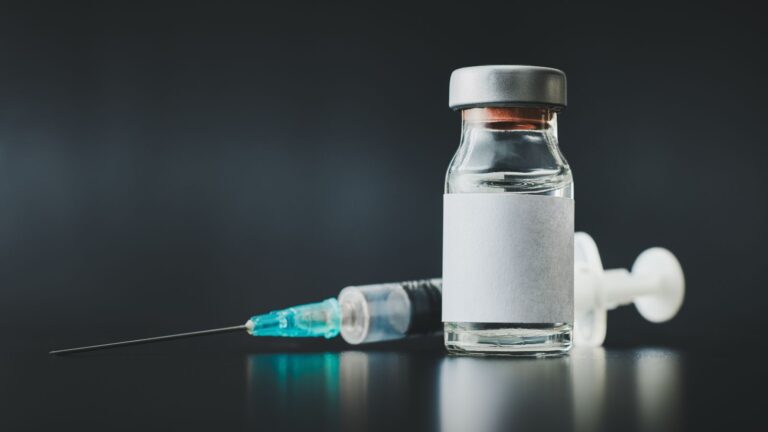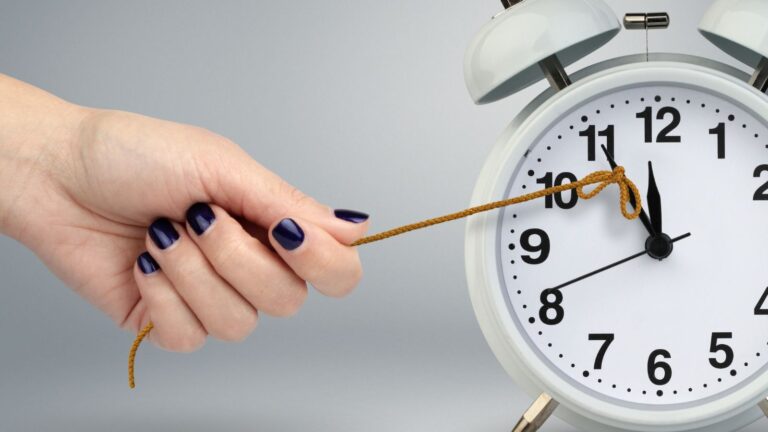Pulasa, often referred to as hilsa, is a prized seasonal fish found in the Godavari River near Rajahmundry during the monsoon. In Telugu, it is called pulasa, while in Bengali it is known as ilish, and in Odia as ilishii. Though hilsa is found in other rivers and coastal waters, the pulasa from the Godavari is considered the most flavorful and delicate.
Hilsa (Tenualosa ilisha) is an anadromous fish, meaning it lives in the sea but migrates into freshwater rivers to breed. Hilsa becomes “pulasa” only under specific natural conditions, and one of the key factors is its upstream migration against the Godavari’s monsoon current.
During the monsoon months (July to September), adult hilsa swim from the Bay of Bengal into the freshwater stretches of the Godavari, especially near Rajahmundry. The sudden influx of fresh water during rains creates ideal breeding conditions. As hilsa swim against the strong current, they expend more energy and begin storing fat in their tissues to fuel the journey. This fat accumulates under the skin and in the belly, giving pulasa its soft, buttery texture and rich flavor.
The fish is available for only a few weeks each year, usually between July and September. Its short season and high demand make it extremely expensive, sometimes costing over ₹5,000 per kilogram in peak season. At peak times, it can sell for as high as ₹10,000 per kilogram.
Pulasa has become a cultural symbol in coastal Andhra. It is often gifted during festivals and weddings, and families take pride in serving it. The limited catch and unpredictable supply only add to its prestige and premium value.



